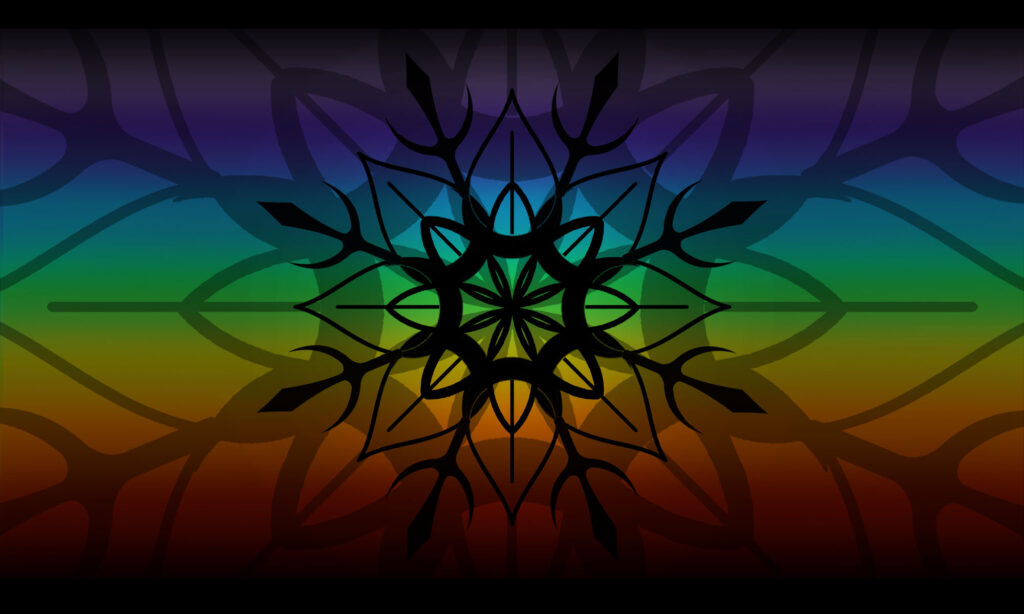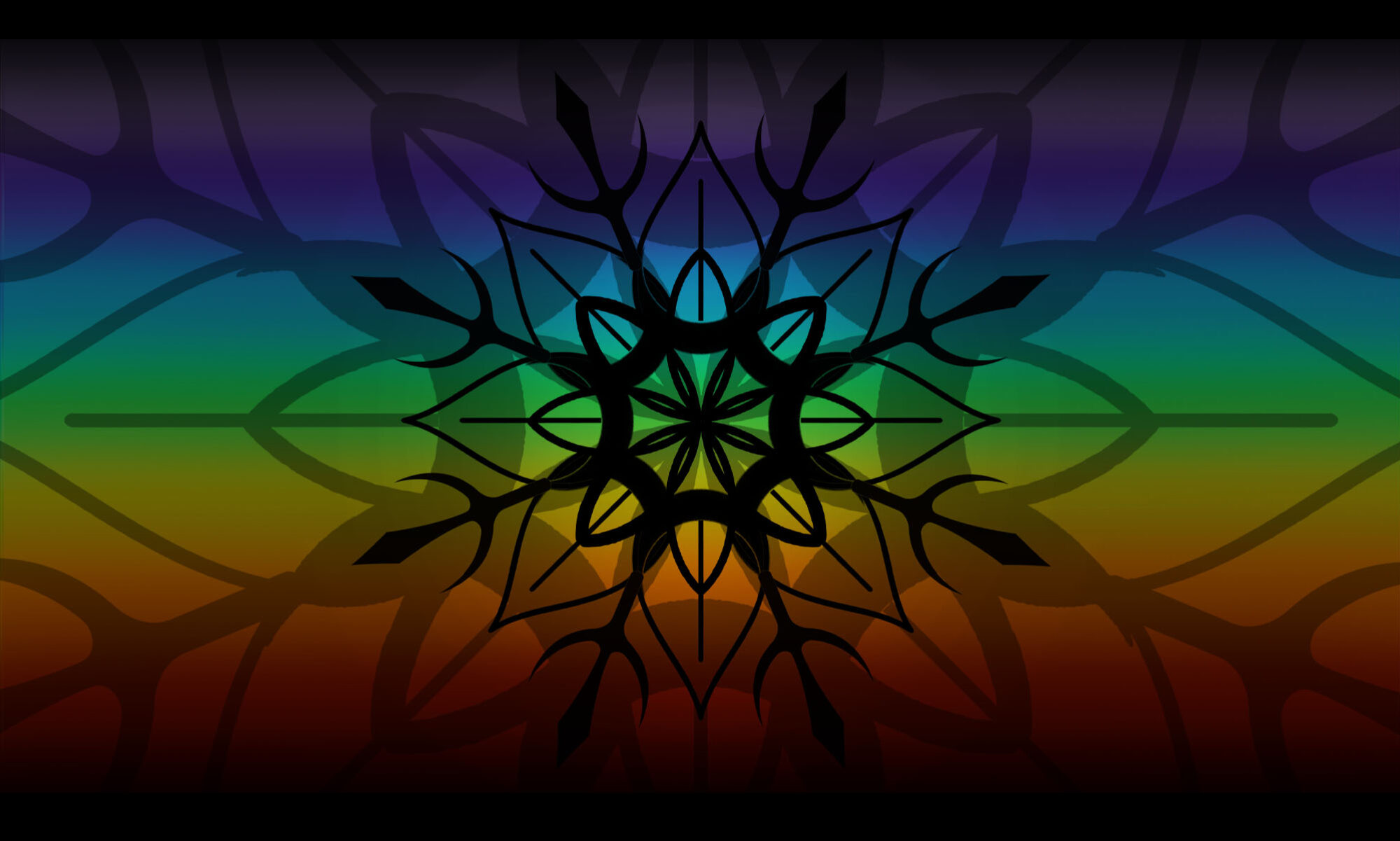Yoga is an ancient discipline originating in India, consisting of physical, mental, and spiritual practices aimed at creating harmony between the body and mind through asanas, pranayama, meditation, and ethical teachings.
When asked “What is Yoga?”, the answers often involve “unity” and “control.” At its core, yoga is a profound philosophy aimed at inner peace and self-realization. To understand this concept more deeply, we can look at ancient teachings, particularly sage Patanjali’s Yoga Sutras.

The Yoga Sutras in Brief
The Yoga Sutras were written by the sage Patanjali around 200 BCE (though the date is debated). They provide guidelines for achieving mental clarity, spiritual insight, and inner peace within the framework of yoga practices and philosophy. We can think of the Yoga Sutras as a user manual. There are 195 (or 196) sutras, which are divided into four chapters.
Samadhi Pada
This chapter explains what yoga is, the nature of the mind, and the ultimate goal of yoga, which is Samadhi. It’s important to note that while Samadhi may not be the personal goal for everyone practicing yoga, the insights drawn from these sutras can significantly enhance the quality of our lives.
Sadhana Pada
This chapter focuses on practices and the methods used to reach the ultimate goal. Eight limbs of yoga (Ashtanga Yoga) are presented here, which guide the practitioner in their journey.
Vibhuti Pada
This chapter explains the achievements of the mind through advanced meditation and what the mind is capable of.
Kaivalya Pada
The final chapter focuses on liberation and the attainment of independence and freedom.
Introduction to Yoga:

Athayogānuśāsanam
PYS 1.1
Yoga is the cessation of the fluctuations of the mind.
Atha: Now. It is believed that Brahman used this word when creating the world. The first word of the Yoga Sutras, Atha, is used as a form of blessing and signifies that the student has met certain conditions and is now ready for the teachings to begin.
Anuśāsanam: Instructions, rules, commands, teachings, discipline. Yoga requires determination, and the essential condition for this determination is self-discipline.
What is Yoga?

YogśchittavṛittiNirodḥa
PYS 1.2
Yoga is the cessation of the fluctuations of the mind.
Chitta: Mind.
Vritti: Waves, patterns, circular movements, whirlpools, modifications.
Nirodha: Stillness, cessation, control.
The Result of Yoga:

Tadā Draṣṭuḥ svarūpe’vasthānam
PYS 1.3
Then, the observer (self) settles into its own true nature.
Tada: Then.
Drashtu: The observer, consciousness, spirit, self.
Swarupa: True nature, essential quality.
Avasthana: Settle, stabilize, fix.
Otherwise:

Vṛtti sārūpyamitaratra
PYS 1.4
Or the observer (the self) identifies with the fluctuations of the mind.
Sarupyam: Identifying with.
Itaratra: In the other case, or.
Conclusion
Yoga is a process of profound transformation, both physically and mentally. Patanjali’s Yoga Sutras lay the philosophical foundation for this process, emphasizing that yoga is not a physical exercise but a life discipline. These teachings help the individual find inner peace, gain mental clarity, and achieve spiritual freedom. Yoga is a personal journey that carries a different meaning for each individual. The key is to practice yoga consciously to step into a more peaceful and balanced life.


